Hilco on Expected Shifts in Health-Care Settings
Managing Director John Satter and Vice President Adam Zimmerman discuss which facilities are expected to be more in demand in the post-pandemic world, as well as the issue of shuttered hospitals.

(Left to right) John Satter, Senior Managing Director, and Adam Zimmerman, Vice President, Hilco Global. Image courtesy of Hilco Global
COVID-19 continues to be a test for the health-care real estate sector, with several patient care settings closing temporarily, while others have been undergoing reconfigurations. At the same time, according to a recent report by Hilco Global, the current crisis has also brought the problem of shutdown or antiquated traditional hospitals to the forefront, especially in smaller markets. Amid the uncertainty that the health-care sector is facing, experts agree that in the post-pandemic world, the hospital landscape may not be the same, as patients are expected to continue to avoid crowded locations.
Managing Director John Satter and Vice President Adam Zimmerman discuss the future use of health-care facilities, particularly the shuttered ones, so they can continue to be of interest to investors and serve the community.
READ ALSO: How COVID-19 Is Shaping Health-Care Real Estate: JLL
What have been the most impactful changes in patient-care settings since the pandemic started.
Satter and Zimmerman: The most impactful changes in patient care settings will evolve based on government involvement in health-care delivery. The large hospital facilities are not well-suited to handle the pandemic, with limited quarantine areas to meet the demand of patients. The profitable segments of the business model were halted, due to a lack of resources. It is apparent that design flexibility needs to be incorporated in campus facilities to allow for profitable business segments to continue, while providing resources to serve pandemic-afflicted patients.
When it comes to traditional hospitals, satellite care facilities, hospitals at home and telehealth medicine, what should we expect to see more of in the post-pandemic world?
Satter and Zimmerman: The growth in patients covered by government-funded Medicaid and Medicare will drive lower-cost initiatives in telemedicine, retail clinics and satellite-care facilities. We believe that the need for traditional medical office space for health-care professionals will decline.
The current crisis has highlighted the issue of antiquated and shuttered medical facilities. What does this mean for the broader health care real estate market moving forward?
Satter and Zimmerman: The shuttered and antiquated medical facilities are generally located in low-income urban neighborhoods or rural markets that present challenges for adaptive reuse, due to limited demand and the high cost of conversion. These markets have generally been under-resourced and overwhelmed during the outbreak. The need for suitable quarantine space available to the state or local government during an outbreak may provide funding that helps redevelopment clear a financial hurdle.
What new purposes can be found for these underutilized facilities? Can you tell us about an adaptive-reuse project that Hilco recently assessed?
Satter and Zimmerman: Large medical campuses have successfully been converted to a medical office, psychiatric care facility, mixed-use facility or multiunit housing development. Hilco provided valuation services for private equity group of the former Phoenix Memorial Hospital Campus that was repurposed to medical office and behavioral center.
READ ALSO: What’s Trending in Health-Care Design?
What can you tell us about investor sentiment during these difficult times? What type of health-care facilities do you expect to be in higher demand in the future?
Satter and Zimmerman: Investors are generally in a wait-and-see mode, closely watching corporate messaging to understand financial health and credit risk. We expect investor demand to remain strong for single-tenant leased assets occupied by credit-rated tenants.
What will upcoming quarters look like for health-care real estate?
Satter and Zimmerman: It is difficult to predict, but a renewed focus on the creditworthiness of tenants and operators is underway. A significant area of focus is on cap rates and the direction they are heading. Current market thinking is that equity return requirements will increase, thereby raising near-term cap rates. This is somewhat offset by lower interest rates to qualified borrowers in the near term.
What are Hilco’s goals for the rest of the year?
Satter and Zimmerman: Our valuation team is focused on our core competency of understanding market value and trends, including where we are in the market cycle and assisting stakeholders—health-care owners and investors—with maximizing their assets’ market position.


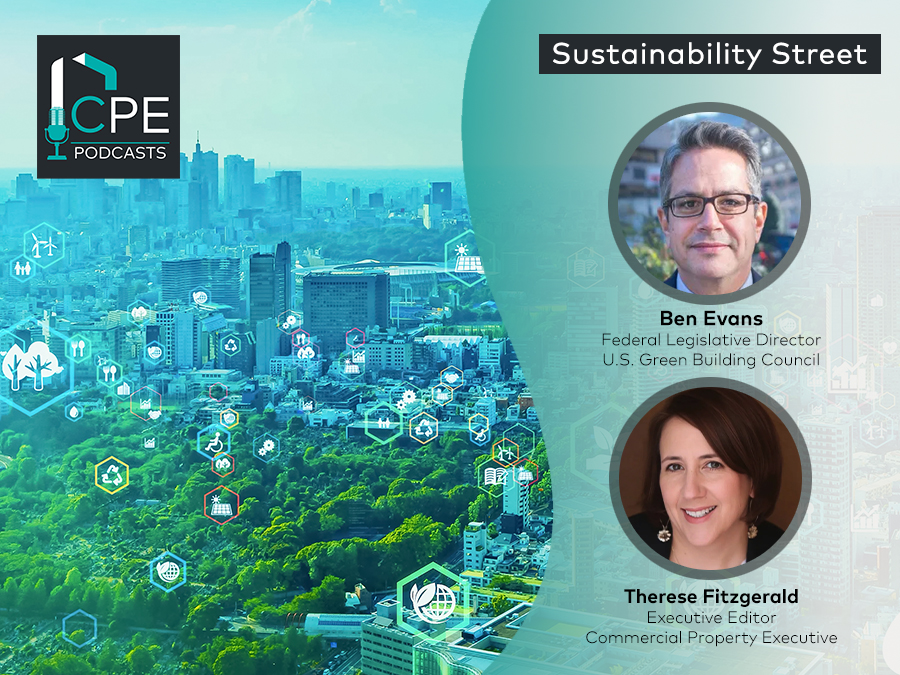
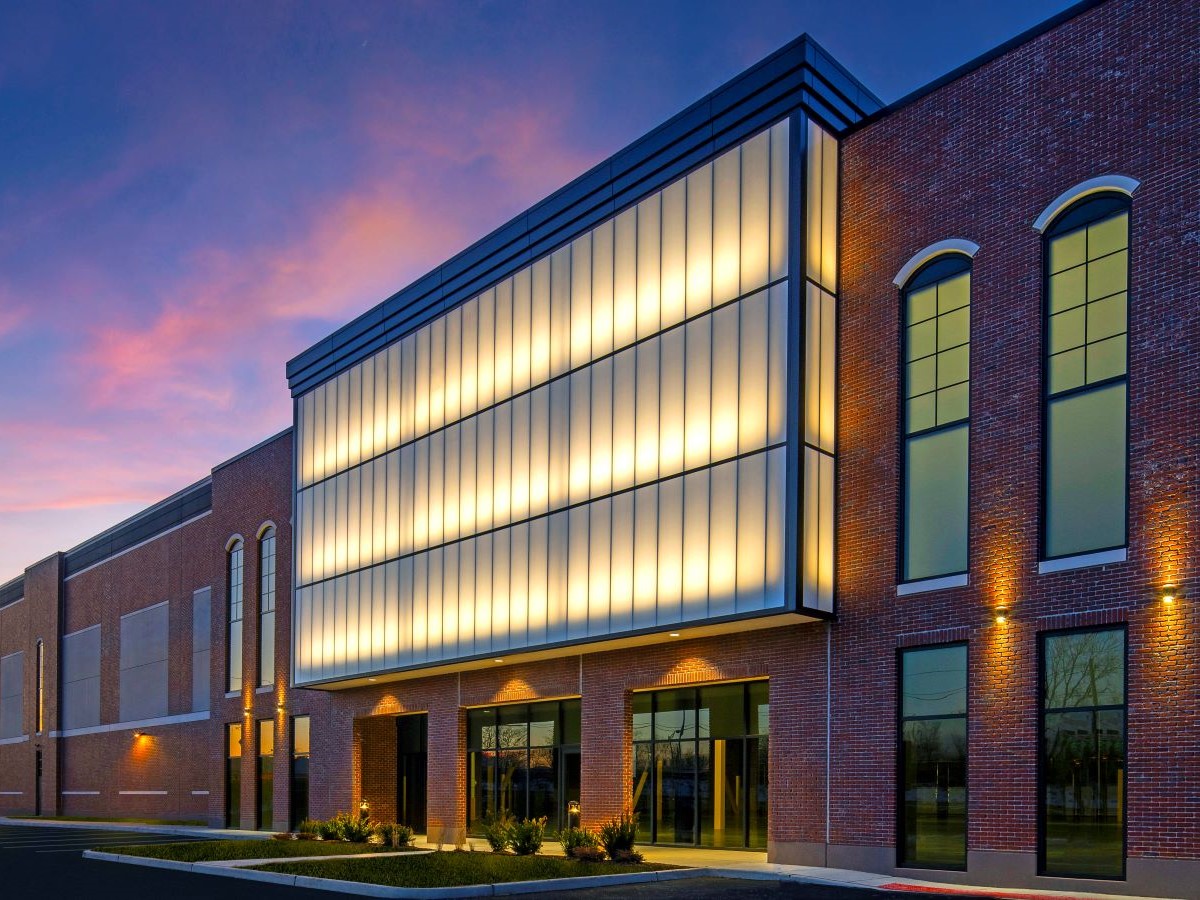
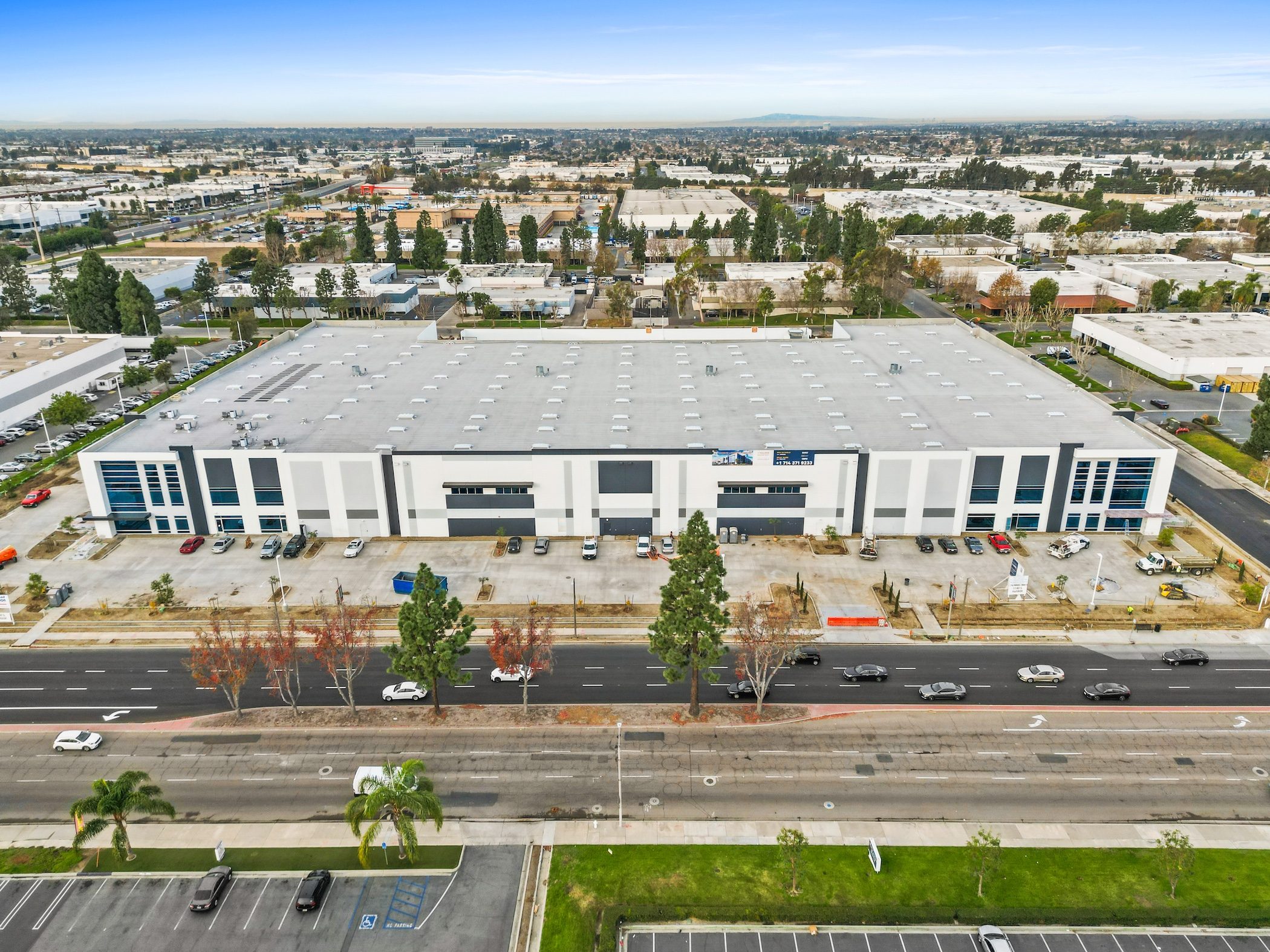
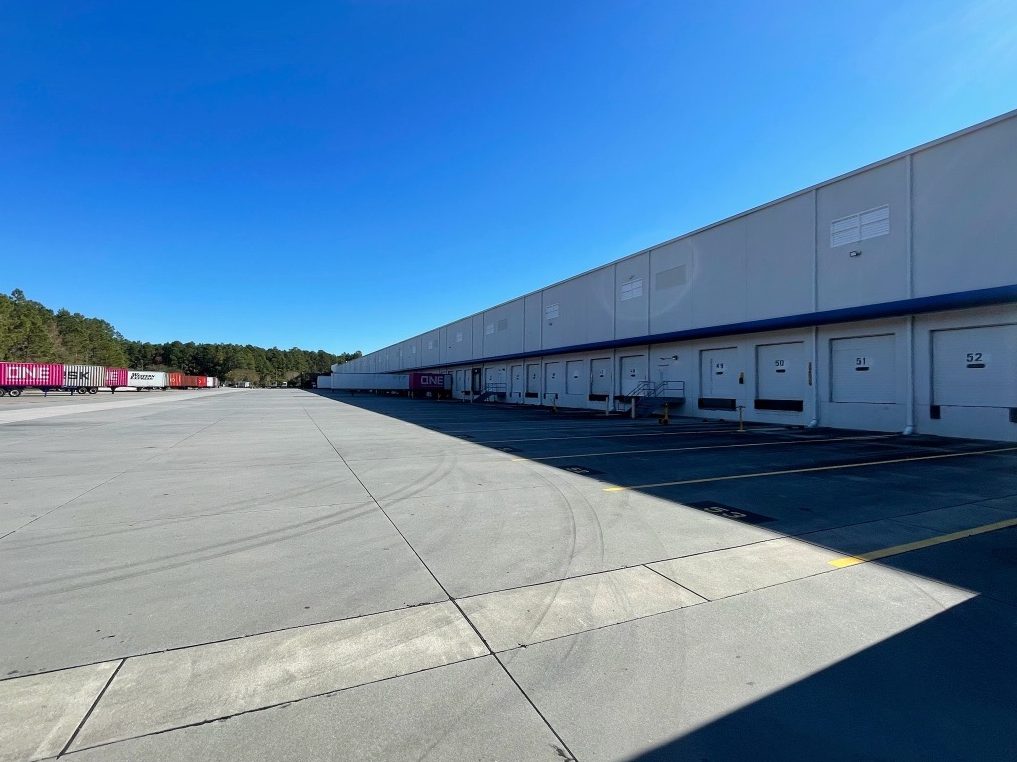
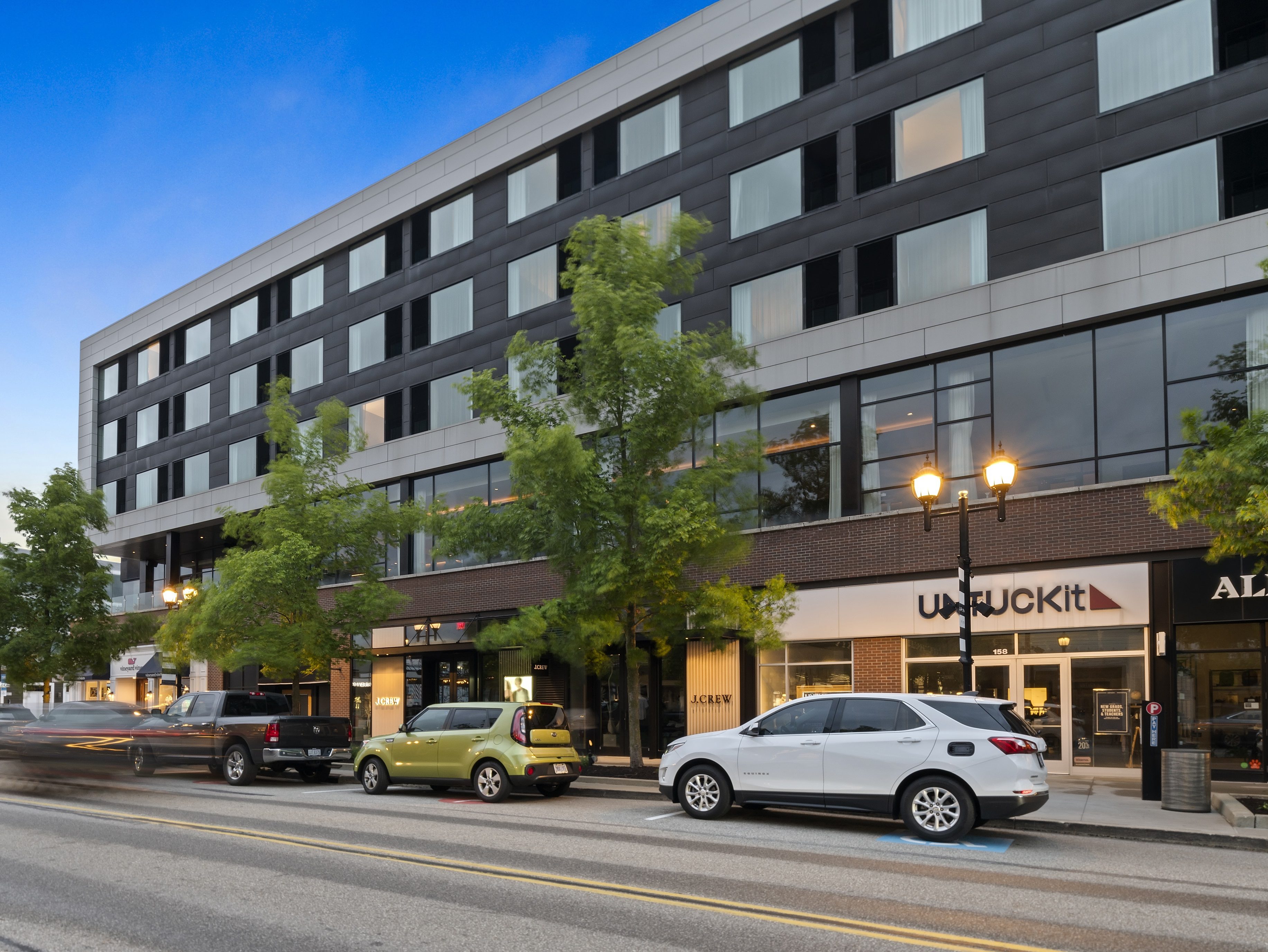

You must be logged in to post a comment.